
- Web Development
Guide to Making $5000/Month Online as a Side Hustle in 2024
Welcome to the world of online side hustles! Today, the internet isn't just for connecting with friends—it's a huge marketplace full of opportunities. If you've been wanting to earn extra cash, improve your finances, or explore new ways to make money, you're in the right place.
In this blog, we're going to explore how you can make $5000 a month online. Whether you're working full-time, studying, or just busy, online work offers flexibility. We'll cover everything from freelancing and selling stuff online to making content and marketing digitally. There's something for everyone, no matter your skills or background.
But it's not just about money. It's about having control over your life, doing what you love, and getting closer to your dreams.
So, if you're ready to start this exciting journey toward financial freedom, grab a drink and let's dive in!
Specific Website Ideas for Tools:
Let's continue exploring specific website ideas for tools:
Online Course Platform
With the rise of e-learning, creating a platform where users can access courses on various subjects can be highly profitable. You can offer courses on anything from programming and digital marketing to cooking or photography. Platforms like Teachable or Thinkific allow you to create and sell your courses easily.
Example: "SkillMastery.com - A platform offering courses in coding, digital marketing, and graphic design taught by industry experts. Users can learn at their own pace and earn certificates upon completion.
Job Board Website
Job boards catered to specific industries or niches are in demand. You can create a platform where employers post job listings and job seekers can search and apply for positions. Sites like Indeed or Glassdoor offer APIs that can be integrated to pull in job listings.
Example: https://indeed.com/ - A job board catering specifically to tech professionals, featuring listings from top tech companies worldwide. Job seekers can find positions ranging from software engineering to cybersecurity.

Project Management Tool
As remote work becomes more prevalent, there's a growing need for efficient project management tools. You can develop a platform that helps teams collaborate, manage tasks, and track progress on projects. Tools like Trello or Asana can serve as inspiration for features and functionality.
Example: "TaskFlow.io - A project management tool designed for remote teams, offering features like Kanban boards, Gantt charts, and time tracking. Stay organized and productive, no matter where your team is located.
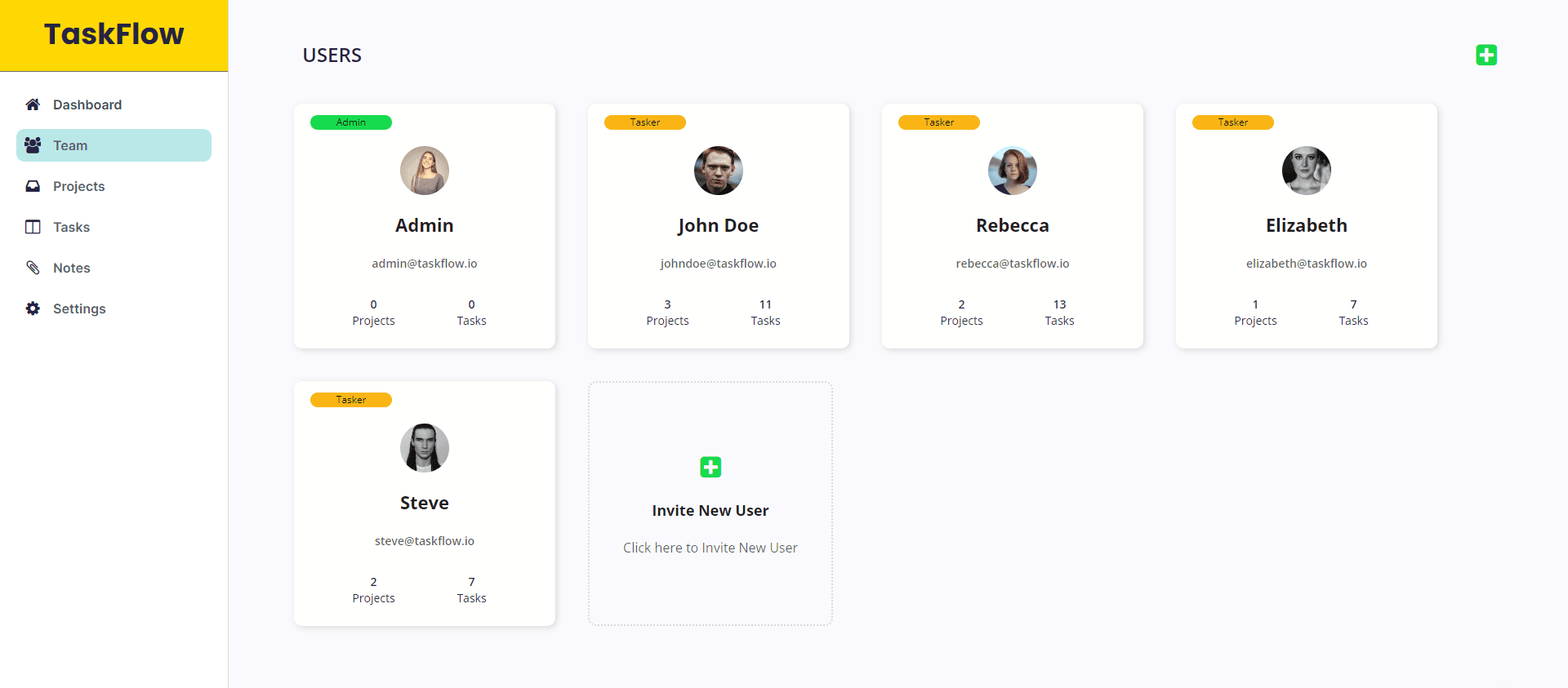
Language Learning App
With globalization, the demand for language learning apps is on the rise. You can create an app that offers interactive lessons, quizzes, and progress tracking for users looking to learn a new language. Duolingo and Babbel are excellent examples in this space.
Example: "LingoLeap - An interactive language learning app with lessons in Spanish, French, Mandarin, and more. Practice speaking with native speakers and track your progress as you become fluent in a new language.

Budgeting and Finance Tool
Many people struggle with managing their finances. You can develop a tool that helps users track expenses, create budgets, and set financial goals. Integrating features like bill reminders and investment tracking can add value. Mint and YNAB (You Need A Budget) are popular choices for inspiration.
Example: "FinancePal - A comprehensive finance tool that helps users create budgets, track expenses, and save money effortlessly. Get insights into your spending habits and take control of your finances today."

Health and Fitness App
Health and fitness are perennially hot topics. Developing an app that offers workout plans, nutrition tracking, and progress monitoring can attract health-conscious users. Features like personalized workout routines and integration with wearable devices can set your app apart. Apps like MyFitnessPal and Nike Training Club can provide inspiration.
Example: "FitTrack - Your personal fitness companion, offering tailored workout plans, meal tracking, and progress analytics. Achieve your fitness goals and live a healthier life with FitTrack."
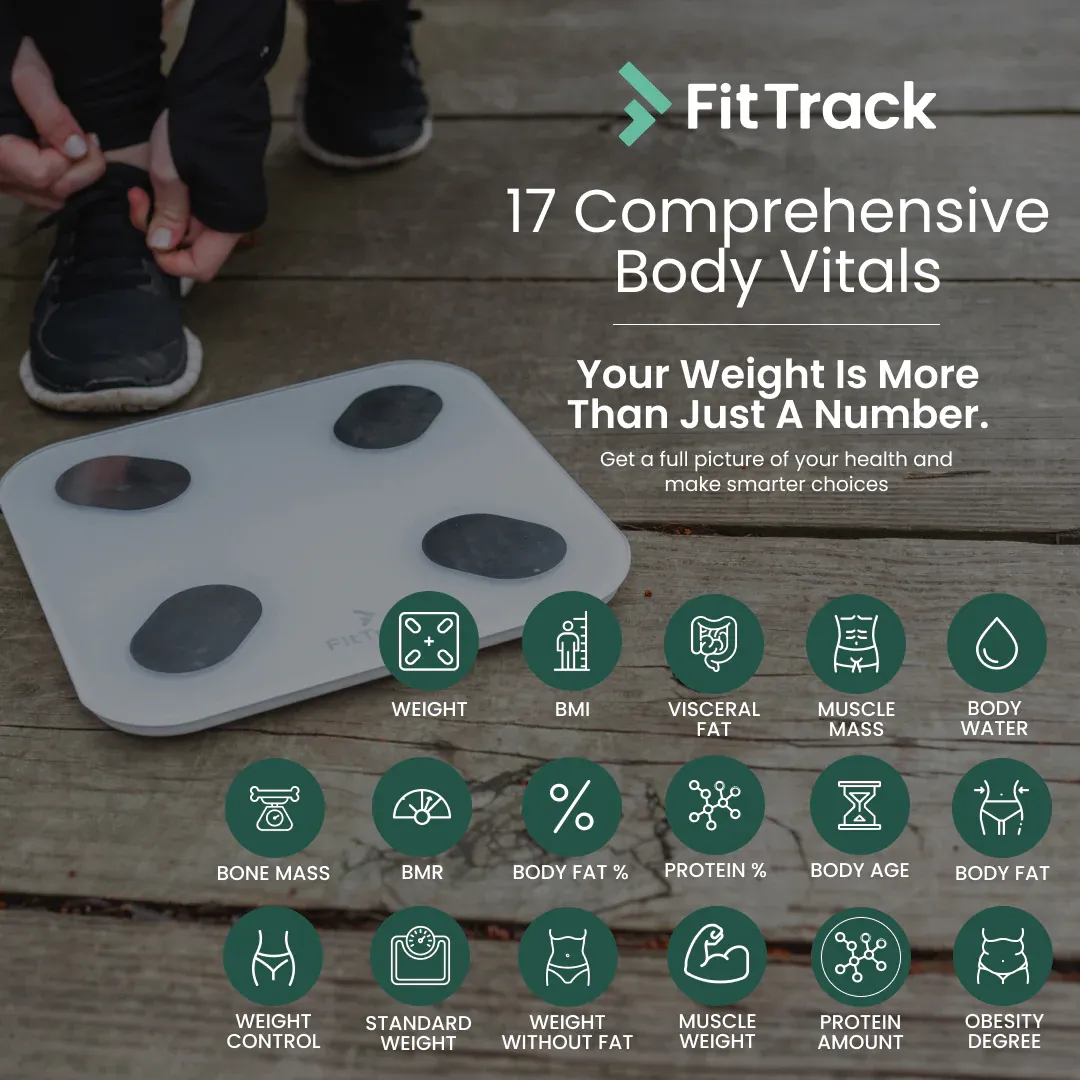
Event Planning Platform
Planning events can be daunting, whether it's a wedding, corporate conference, or birthday party. Creating a platform that helps users plan and organize events, from sending invitations to managing RSVPs and seating arrangements, can be invaluable. Eventbrite and Evite are good examples to draw inspiration from.
Example: "EventPro - The ultimate event planning platform for weddings, corporate events, and parties. From venue selection to guest management, EventPro streamlines the entire planning process, ensuring a seamless event every time."
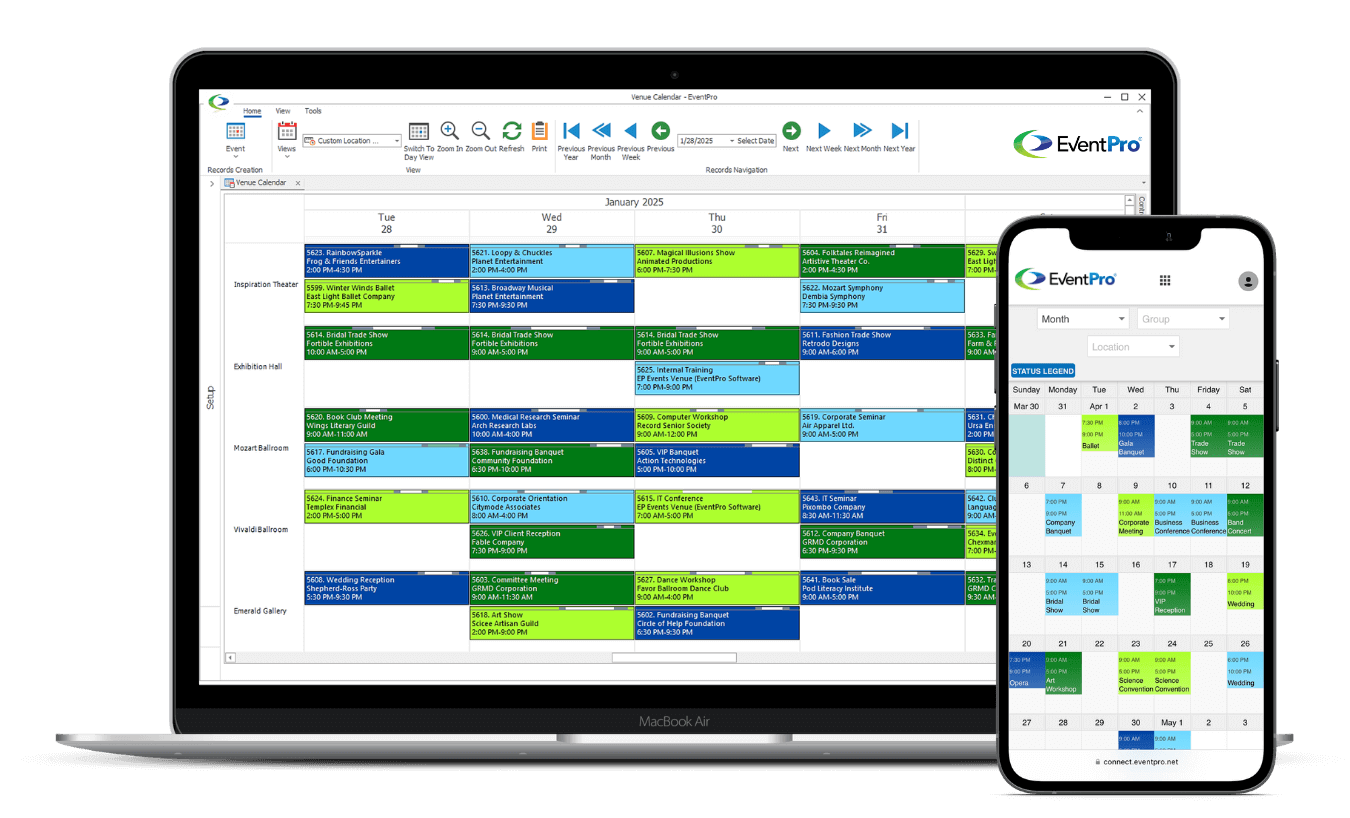
Reliable and Easy Website Setup
Setting up a website is the first step towards establishing your online presence, but it can often feel daunting, especially for beginners. Fortunately, there are several reliable and user-friendly platforms that streamline the website creation process, allowing you to bring your ideas to life with ease.
WordPress.org
Example: "TechInsightsDaily.com - TechInsightsDaily.com is a hub for tech enthusiasts, offering in-depth analysis, reviews, and tutorials on the latest gadgets and innovations. Built on WordPress.org, its user-friendly interface and vast array of themes and plugins enable seamless navigation and content discovery. Whether exploring cutting-edge technologies or seeking practical advice, TechInsightsDaily.com harnesses the power of WordPress.org to deliver valuable insights to its audience."

WordPress.org remains a powerhouse in the realm of website creation, providing unparalleled flexibility and customization options. With its intuitive interface and extensive library of themes and plugins, WordPress.org empowers bloggers, entrepreneurs, and businesses to establish a robust online presence. Whether crafting a personal blog, launching an e-commerce venture, or sharing industry insights, WordPress.org equips users with the tools and resources needed to bring their visions to life effortlessly.
Wix:
Example: "RoeeBy.com - RoeeBy.com is an online platform showcasing the creative works of Roee, an accomplished artist and designer. Featuring a diverse range of artworks, including paintings, illustrations, and digital designs, RoeeBy.com offers visitors a visually engaging experience. Powered by Wix's intuitive platform, this website provides Roee with a seamless way to showcase his portfolio and connect with art enthusiasts worldwide."

Wix remains a popular choice for individuals and businesses seeking to establish a vibrant online presence without the complexities of coding. With its user-friendly drag-and-drop editor, customizable templates, and robust e-commerce functionality, Wix empowers users to create visually appealing websites that effectively showcase their products and services. Whether you're an established artisan looking to expand your reach or a newcomer to the craft scene, Wix offers the flexibility and functionality needed to bring your vision to life.
Shopify:
Example: "GoodFair.com - GoodFair.com is an e-commerce platform dedicated to sustainable fashion, offering a wide range of ethically sourced and environmentally friendly clothing. With a commitment to transparency and fair trade practices, GoodFair.com provides customers with high-quality garments that align with their values. Powered by Shopify's robust e-commerce platform, this website offers a seamless shopping experience, allowing customers to browse, purchase, and track their orders with ease.
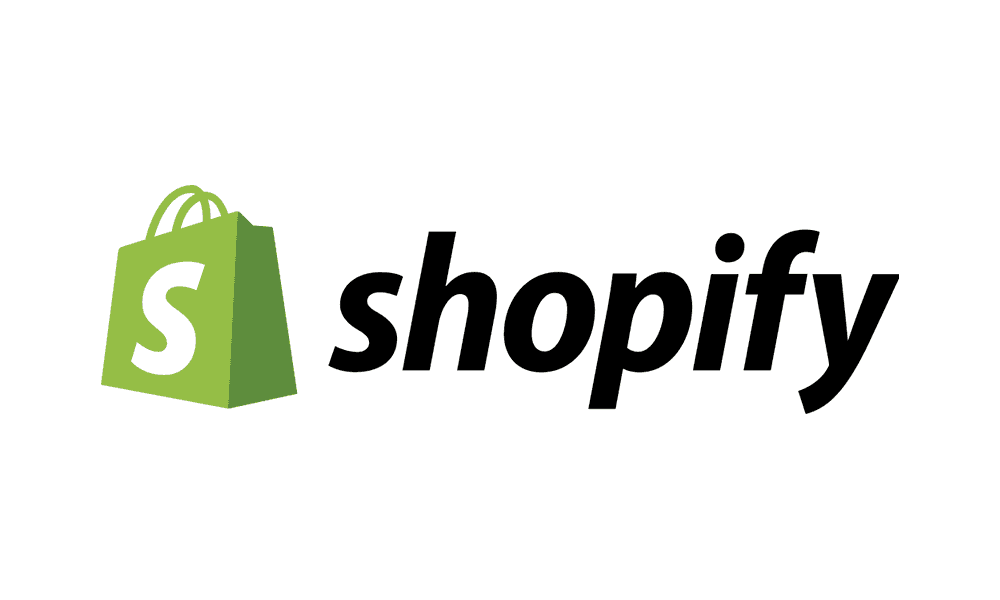
Shopify is a leading e-commerce platform that enables entrepreneurs to create, customize, and manage their online stores with ease. From product listings and inventory management to payment processing and order fulfillment, Shopify offers a comprehensive suite of tools and resources to streamline the e-commerce experience. Whether you're a budding entrepreneur or an established business owner, Shopify provides the flexibility and scalability to grow your online store and reach customers around the globe.
Squarespace:
Example: "FatChoyNYC.com - FatChoyNYC.com is a restaurant website built on Squarespace, showcasing the eclectic menu and vibrant atmosphere of Fat Choy, a popular dining spot in New York City. With its sleek design and user-friendly layout, FatChoyNYC.com offers visitors an immersive experience, complete with mouthwatering food photography and detailed descriptions of each dish. Powered by Squarespace's intuitive platform, this website provides Fat Choy with a seamless way to showcase its offerings, attract new customers, and drive reservations."
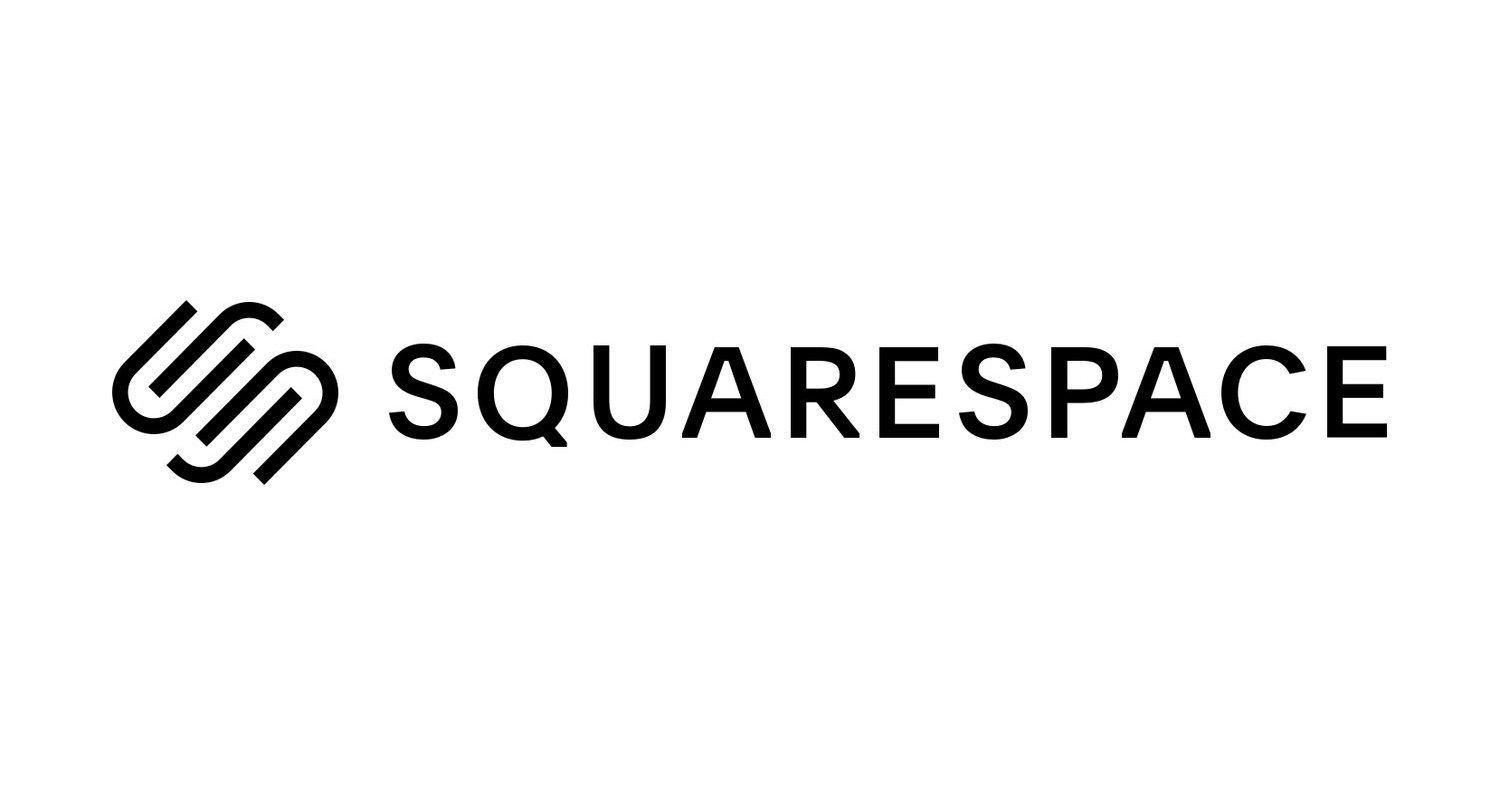
Squarespace is a website builder known for its elegant design templates and user-friendly interface. Whether you're a blogger, artist, or small business owner, Squarespace offers the tools and features you need to create a professional-looking website with ease. From customizable layouts and responsive design to built-in analytics and SEO optimization, Squarespace empowers you to build and grow your online presence without any technical expertise.
Hire Our Squarespace Developers
These website building platforms offer a seamless and hassle-free way to create and manage your website, allowing you to focus on what matters most—building your brand and connecting with your audience. Whether you're a blogger, entrepreneur, or small business owner, finding the right website builder can make all the difference in bringing your vision to life online.
Growth Strategies to Reach Your Audience
Once your website is up and running, the next crucial step is to reach your target audience and grow your online presence. Here are some effective growth strategies to help you expand your reach and attract more visitors to your website:
1. Search Engine Optimization (SEO):
Optimizing your website for search engines is essential for improving its visibility in search engine results pages (SERPs). Conduct keyword research to identify relevant search terms related to your niche, and optimize your website's meta tags, headings, and content accordingly. Building quality backlinks from reputable websites can also improve your website's authority and visibility in search results.
2. Content Marketing:
Create and share valuable content that resonates with your target audience. Whether it's blog posts, videos, podcasts, or infographics, consistently producing high-quality content not only engages your audience but also positions you as an expert in your field. Share your content on social media, guest blog on relevant websites, and participate in online communities to expand your reach further.
3. Social Media Marketing:
Leverage popular social media platforms such as Facebook, Instagram, Twitter, and LinkedIn to connect with your audience and drive traffic to your website. Develop a social media strategy tailored to your target audience and industry, create engaging content, and interact with your followers regularly. Utilize paid advertising options to reach a broader audience and promote your website effectively.
4. Email Marketing:
Build and nurture an email list by offering incentives such as lead magnets or exclusive content. Segment your subscribers based on their interests and preferences, and deliver personalized and relevant content that encourages them to visit your website regularly. Use email marketing to share updates, promotions, and valuable resources with your audience, driving traffic and engagement.
5. Collaborations and Partnerships:
Collaborate with like-minded brands, influencers, or bloggers to expand your reach and attract new visitors to your website. Look for opportunities to guest post on other websites, participate in joint promotional campaigns, or co-create content with influencers in your niche. Collaborations and partnerships can expose your website to a broader audience and drive traffic from their followers to yours.
6. Analyze and Optimize:
Regularly monitor and analyze your website's performance metrics to identify areas for improvement. Use tools like Google Analytics to track key metrics such as traffic sources, user engagement, and conversion rates. Use this data to make informed decisions and continually refine your growth strategies to maximize your website's effectiveness.
Implementing these growth strategies will help you expand your online reach, attract more visitors to your website, and ultimately achieve your business goals. By combining various tactics and staying agile in your approach, you can establish a strong online presence and connect with your target audience effectively.
Monetization Methods to Generate Passive Income
Once you've established a steady flow of traffic to your website, it's time to explore monetization methods to turn your audience into revenue. Here are some effective strategies to generate passive income from your website:
1. Affiliate Marketing
Affiliate marketing involves promoting products or services from other companies and earning a commission for every sale or referral made through your unique affiliate link. Identify relevant products or services that align with your website's niche and audience, and join affiliate programs offered by reputable companies. Incorporate affiliate links into your content, such as product reviews, recommendations, or tutorials, and encourage your audience to make purchases using your affiliate links. As your audience grows and engages with your content, you can earn passive income from affiliate commissions.
2. Display Advertising
Display advertising involves placing ads on your website, typically in the form of banners, images, or text ads, and earning revenue based on the number of ad impressions or clicks generated by your audience. Join ad networks such as Google AdSense, Media.net, or AdThrive to monetize your website traffic through display advertising. Optimize your ad placements and formats to maximize visibility and engagement without compromising the user experience. As your website traffic grows, you can generate passive income from ad revenue without requiring active involvement.
3. Sponsored Content
Sponsored content involves collaborating with brands or advertisers to create and publish promotional content on your website in exchange for a fee or compensation. Identify brands or companies that resonate with your audience and offer sponsored content opportunities that align with your website's niche and values. Create engaging and authentic sponsored content, such as sponsored posts, product reviews, or sponsored videos, that provides value to your audience while promoting the advertiser's products or services. Sponsored content can generate passive income while enhancing your website's credibility and authority within your niche.
4. Digital Products
Create and sell digital products, such as e-books, online courses, templates, or digital downloads, to monetize your expertise and provide additional value to your audience. Identify topics or subjects that are relevant to your audience's interests and create high-quality digital products that address their needs or pain points. Promote your digital products through your website, email marketing, social media, and other channels to attract potential buyers. Once created, digital products can be sold repeatedly without requiring ongoing production or fulfillment, allowing you to generate passive income over time.
5. Membership or Subscription
Offer membership or subscription-based services on your website to provide exclusive content, resources, or perks to your most dedicated audience members in exchange for a recurring fee. Create a membership program or subscription service that offers premium content, community access, member-only discounts, or other benefits to incentivize sign-ups and retention. Use membership plugins or subscription platforms to manage user accounts, payments, and access levels, and continuously deliver value to your members to retain their loyalty and generate passive income through recurring subscriptions.
6. Online Courses and Coaching
Develop and sell online courses or coaching services on topics or subjects that you're knowledgeable and passionate about, leveraging your expertise to provide valuable education and guidance to your audience. Create comprehensive online courses or coaching programs that address specific challenges, skills, or interests within your niche and offer them for sale on your website. Market your online courses or coaching services through your website, email marketing, social media, and other channels to attract potential students or clients. Once created, online courses and coaching services can generate passive income from enrollments or bookings while empowering your audience to achieve their goals.
Implementing these monetization methods can help you generate passive income from your website while providing value to your audience and growing your online presence. Experiment with different strategies, optimize your approach based on audience feedback and analytics, and continually refine your monetization strategy to maximize your earnings potential over time.
Real Examples of Successful Tools Websites
Here are some real examples of successful tools websites:
Canva:

Canva is an online graphic design platform that offers a wide range of tools and templates for creating graphics, presentations, posters, and more. With its user-friendly interface and extensive library of design elements, Canva has become a go-to tool for individuals and businesses looking to create professional-quality designs quickly and easily.
Grammarly:
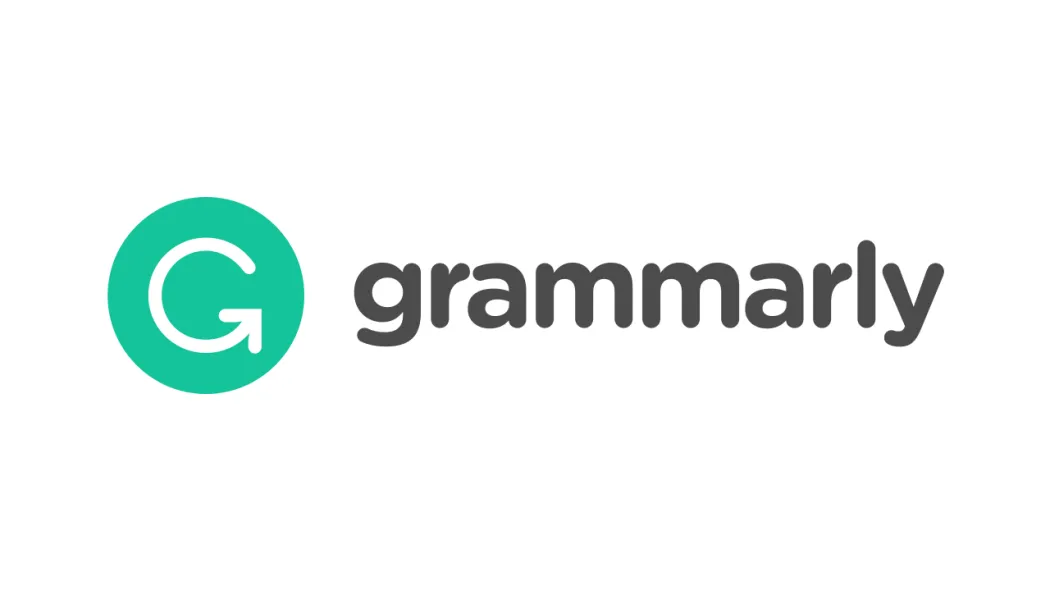
Grammarly is a writing assistant tool that helps users improve their writing by identifying grammar, punctuation, and spelling errors, as well as offering suggestions for clarity and conciseness. With its browser extension, desktop app, and mobile keyboard, Grammarly has become an indispensable tool for writers, students, professionals, and anyone else looking to enhance their writing skills.
Trello:
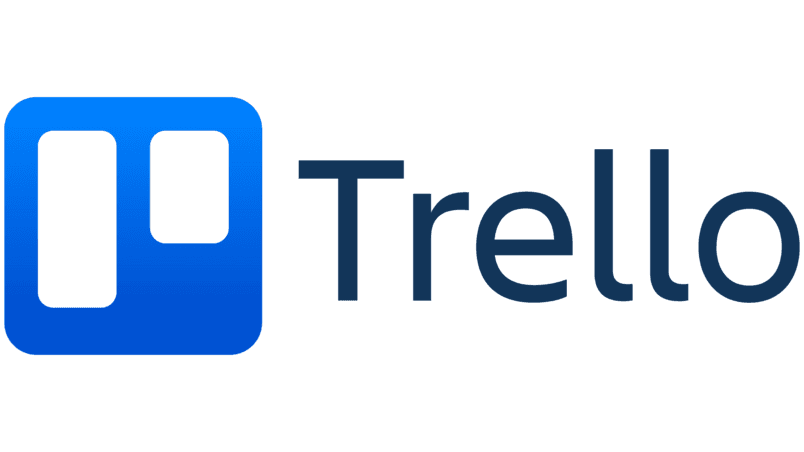
Trello is a project management tool that uses boards, lists, and cards to help users organize and prioritize tasks, collaborate with team members, and track project progress. With its intuitive interface and customizable features, Trello has gained popularity among individuals and teams across various industries for managing projects of all sizes.
Mailchimp:

Mailchimp is an email marketing platform that offers tools for creating, sending, and analyzing email campaigns, as well as managing subscriber lists and automating marketing workflows. With its user-friendly interface, customizable templates, and robust analytics, Mailchimp has become a favorite tool for businesses, marketers, and entrepreneurs looking to engage with their audience and drive results through email marketing.
Hootsuite:

Hootsuite is a social media management platform that allows users to schedule posts, monitor social media activity, track performance metrics, and engage with their audience across multiple social media channels from one dashboard. With its comprehensive suite of features and integrations, Hootsuite is trusted by businesses, agencies, and social media professionals to streamline their social media marketing efforts and drive growth.
Zoom:
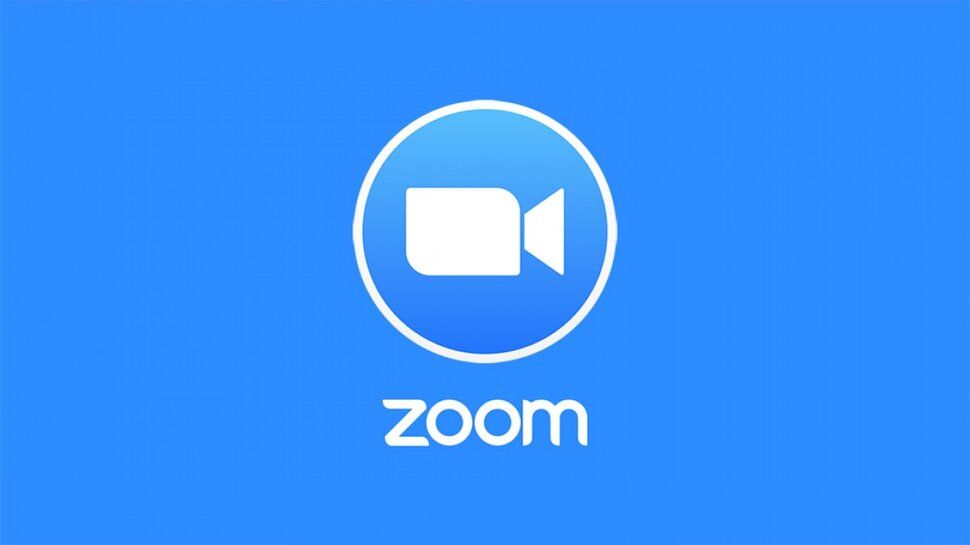
Zoom is a video conferencing and communication platform that enables users to host virtual meetings, webinars, and online events with ease. With its high-quality video and audio, screen sharing, and collaboration features, Zoom has become an essential tool for remote teams, educators, and individuals looking to connect and communicate effectively in today's digital world.
These examples demonstrate how successful tools websites have identified a need or pain point within their target audience and developed solutions that are user-friendly, reliable, and effective. By providing valuable tools and resources that address specific challenges or tasks, these websites have built loyal user bases and achieved success in their respective industries.
Conclusion
In conclusion, the success stories of these tools websites exemplify the power of innovation and user-centric design in addressing the evolving needs of online audiences. From graphic design and writing assistance to project management and social media marketing, these platforms have revolutionized how individuals and businesses approach various tasks and challenges.
What sets these tools websites apart is their commitment to providing intuitive interfaces, robust features, and unparalleled value to their users. By prioritizing user experience and continuously refining their offerings based on feedback and market trends, these websites have cultivated loyal user bases and achieved widespread recognition as indispensable resources in their respective domains.
As the digital landscape continues to evolve, the demand for effective tools and solutions will only continue to grow. By studying the success stories of these tools websites and embracing principles of innovation, adaptability, and user-centricity, aspiring entrepreneurs and developers can unlock new opportunities to create impactful tools that resonate with audiences and drive meaningful results.
In the ever-changing world of technology and digital innovation, the potential for tools websites to make a significant impact is limitless. By staying ahead of the curve, embracing emerging trends, and remaining laser-focused on delivering value to users, the next generation of tools websites has the opportunity to shape the future of digital productivity and empowerment.
Search
Never Miss A Post!
Sign up for free and be the first to get notified about updates.
Stay In Touch
Sign up for free and be the first to get notified about updates.

